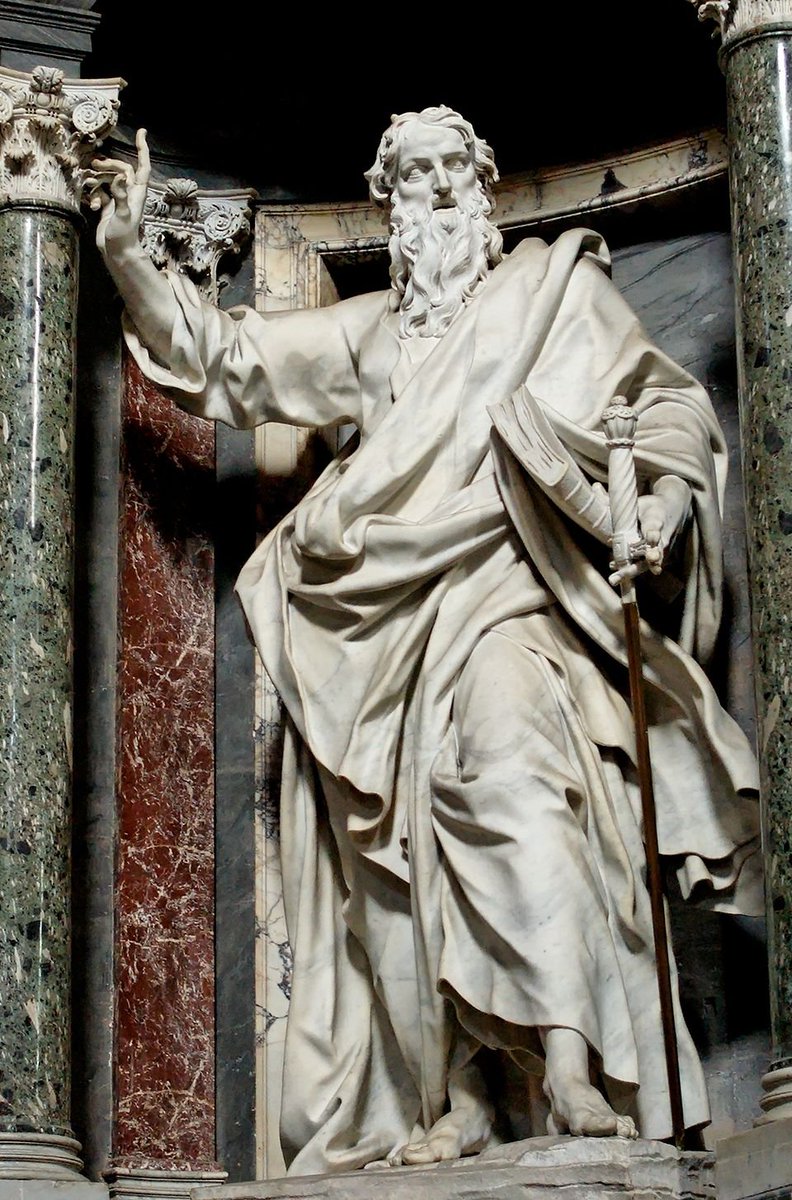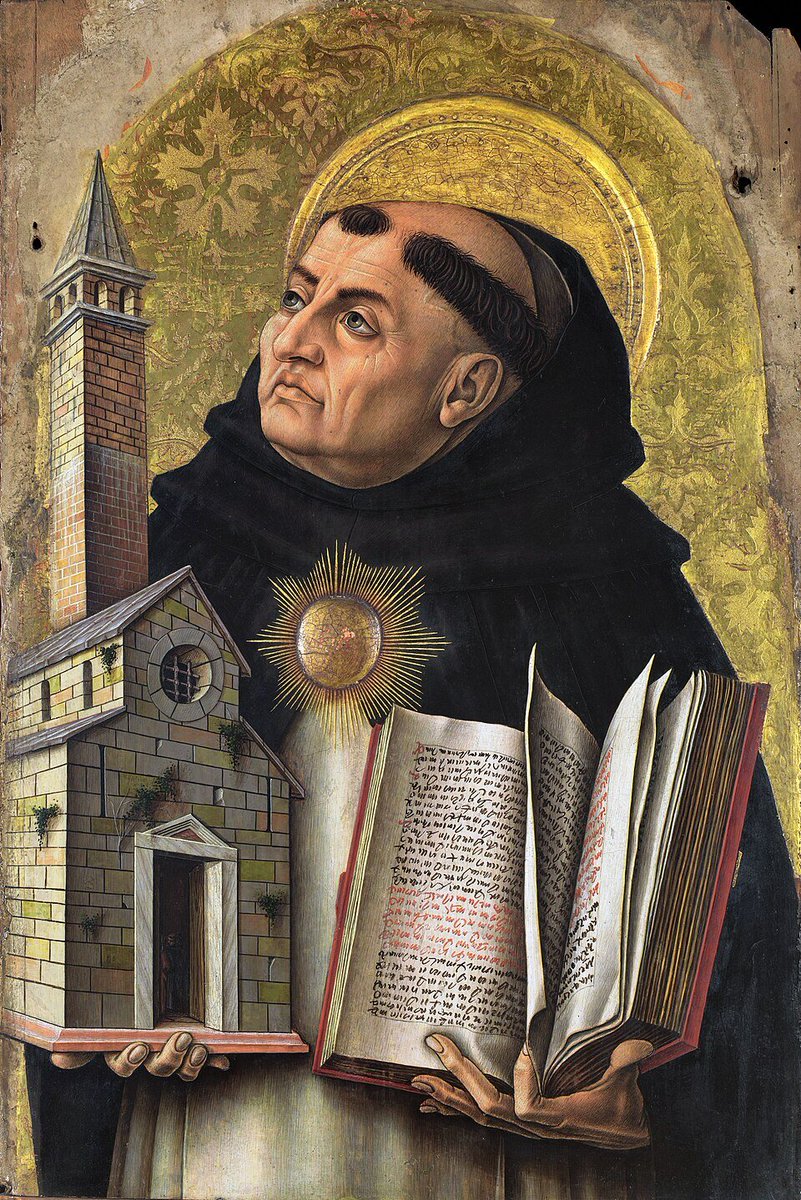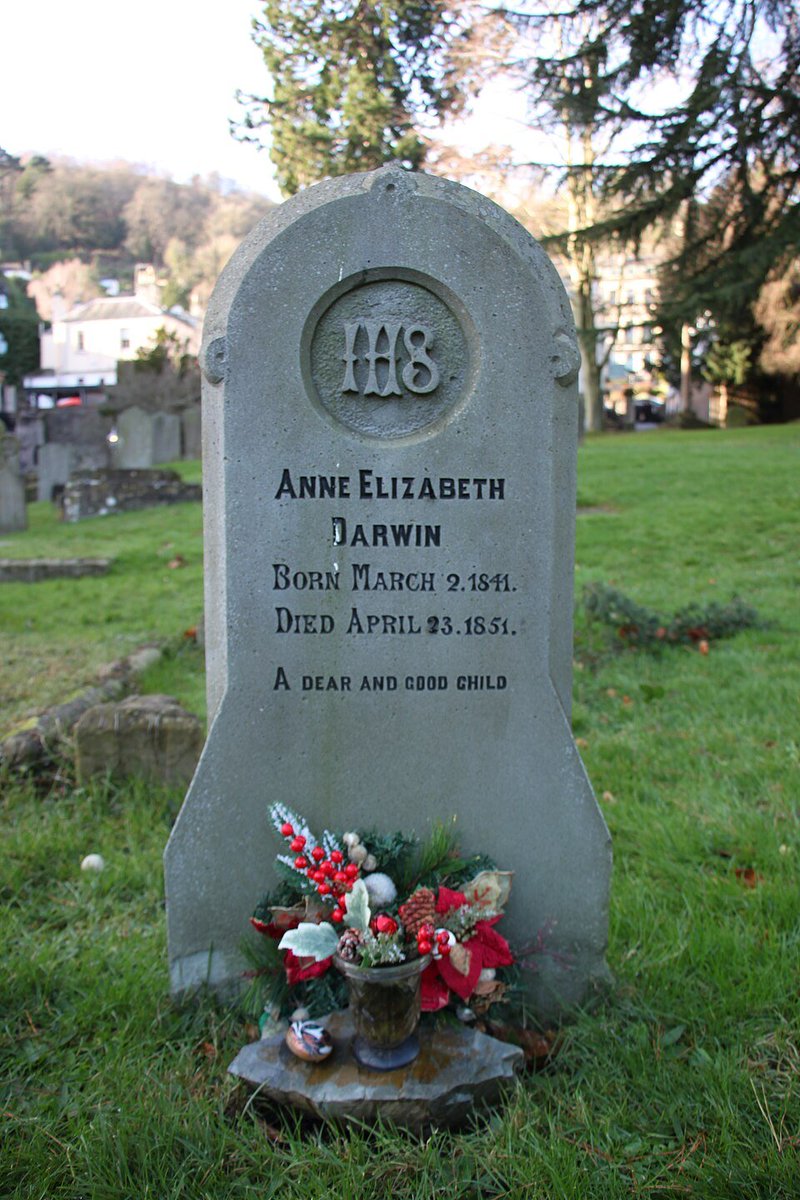In the 19th century, the Pre-Raphaelite Brotherhood changed art forever.
They made art feel fresh and real again - a return to the principles of the Renaissance.
These are some paintings you need to know:
They made art feel fresh and real again - a return to the principles of the Renaissance.
These are some paintings you need to know:

1. The Lady of Shalott by John William Waterhouse (1888) - Inspired by Alfred, Lord Tennyson's poem, it shows the cursed Lady of Shalott in a boat, leaving her island to meet her fate. 

2. King Cophetua and the Beggar Maid by Edward Burne-Jones (1884) - Illustrates the legend of King Cophetua who falls in love with a beggar maid, showcasing Burne-Jones's interest in medieval stories and his stylized, idealized figures. 

3. Ophelia by John Everett Millais (1851-1852) - This painting depicts Ophelia, a character from Shakespeare's "Hamlet," floating in a stream before she drowns, surrounded by lush, meticulously detailed nature. 

4. Beata Beatrix by Dante Gabriel Rossetti (1870) - Represents Beatrice Portinari from Dante Alighieri's "La Vita Nuova," symbolizing love and death with Beatrice at the moment of her transcendence. 

5. Christ in the House of His Parents by John Everett Millais (1849-1850) - A highly detailed scene depicting a young Jesus in Joseph's carpentry workshop, emphasizing realism and pre-industrial innocence. 

6. The Awakening Conscience by William Holman Hunt (1853) - This painting is a moralistic narrative showing a young woman rising from her lover's lap upon realizing her life of sin, with a room filled with symbolic detail. 

7. The Scapegoat by William Holman Hunt (1854-1856) - Hunt depicts a scapegoat in the wilderness, suffering for the sins of others, rich in symbolic detail and naturalistic desert landscape. 

8. Mariana by John Everett Millais (1851) - Inspired by Shakespeare's "Measure for Measure," Mariana is shown in a state of longing and melancholy, surrounded by autumnal leaves and a richly detailed interior. 

9. Lady Lilith by Dante Gabriel Rossetti (1866-1868, altered 1872-1873) - Rossetti's Lilith embodies the fatal beauty, contemplating herself in a mirror, symbolizing vanity and beauty's destructive power. 

10. Proserpine by Dante Gabriel Rossetti (1874) - This artwork portrays the Roman goddess Proserpine (Persephone in Greek mythology) holding a pomegranate, symbolizing her marriage to Hades and her dual life between the underworld and the earth. 

11. The Bridesmaid by John Everett Millais (1851) - The painting captures the moment a bridesmaid is participating in the traditional ritual of passing a piece of wedding cake through a ring to dream of her future husband. 

12. The Light of the World by William Holman Hunt (1851-1853) - Symbolizing Jesus's offer of redemption, depicted knocking on an overgrown and long-unopened door, illustrating a passage from the Book of Revelation. 

13. Ecce Ancilla Domini by Dante Gabriel Rossetti (1850) - An Annunciation scene portraying the Virgin Mary as a frightened teenager, emphasizing her humanity and vulnerability. 

14. The Vale of Rest by John Everett Millais (1858-1859) - Depicting nuns in a cemetery at twilight, capturing themes of death, work, and contemplation with a mood of serene melancholy. 

15. Isabella by John Everett Millais (1848-1849) - Based on John Keats's poem "Isabella; or, The Pot of Basil," it portrays the moment Isabella's brothers realize she loves Lorenzo, a man of lower social status. 

16. Work by Ford Madox Brown (1852-1865) - This artwork captures the bustling activity of laborers on a London street, showcasing various social classes and the dignity of work, with rich detail and vibrant colors to highlight the importance of hard work and social unity. 

17. The Shadow of Death by William Holman Hunt (1870-1873) - This painting presents Jesus as a carpenter stretching after work, casting a shadow that prefigures the crucifixion, surrounded by details symbolizing his future passion and emphasizing the theme of sacrifice and redemption.

What is your favorite painting from this movement?
Mine is "The Lady of Shalott" by John William Waterhouse.
Mine is "The Lady of Shalott" by John William Waterhouse.

• • •
Missing some Tweet in this thread? You can try to
force a refresh























